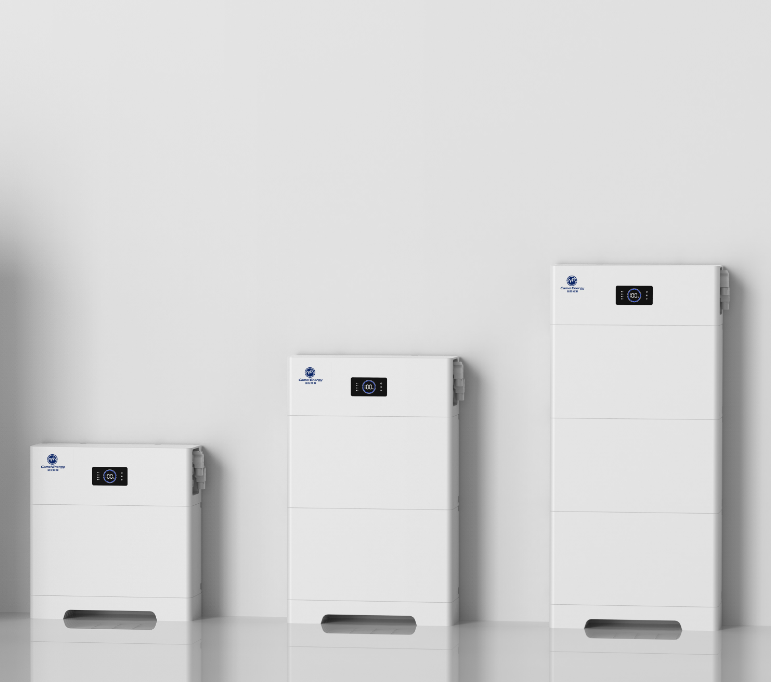A Comprehensive Guide to Residential Energy Storage
In the rapidly evolving landscape of renewable energy and sustainable living, residential energy storage has emerged as a groundbreaking solution for homeowners seeking greater energy independence, cost savings, and environmental stewardship. With advancements in technology and a growing focus on reducing carbon footprints, more and more homeowners are exploring the benefits of adopting energy storage systems for their residences. In this comprehensive guide, we will delve into the world of residential energy storage, understanding its importance, how it works, the different types available, and the key factors to consider when choosing the right system for your home.

How Residential Energy Storage Works
Residential energy storage systems operate on the principle of storing electricity when it is abundant and releasing it when it is needed. These systems typically consist of a battery pack, an inverter, and a battery management system. Here's a breakdown of how the process works:
a. Energy Generation
Energy generation in residential settings primarily involves solar panels, which convert sunlight into electricity through photovoltaic cells. The electricity generated during the day is used to power the home's electrical appliances and charge the energy storage system's batteries.
b. Battery Charging
As the solar panels produce more electricity than the household consumes, the surplus energy is directed to the energy storage system's batteries for charging. This process occurs during periods of low electricity demand, typically during daylight hours.
c. Energy Consumption and Discharging
During peak demand hours or when the renewable energy sources are not producing electricity (e.g., at night or on cloudy days), the stored energy in the batteries is discharged to power the home. This enables homeowners to rely less on grid-supplied electricity, leading to cost savings and reduced strain on the energy grid.
Types of Residential Energy Storage Systems
There are several types of residential energy storage systems available, each with its unique characteristics and benefits. Some of the common types include:
a. Lithium-Ion Batteries
Lithium-ion batteries are the most popular type of residential energy storage system. They offer high energy density, longer lifespans, and faster charging times compared to other battery technologies. Additionally, they are lightweight and require minimal maintenance.
b. Lead-Acid Batteries
Lead-acid batteries are one of the oldest and most reliable battery technologies. While they are less expensive upfront, they have a shorter lifespan and lower energy density compared to lithium-ion batteries.
c. Flow Batteries
Flow batteries are a type of rechargeable battery where energy is stored in liquid electrolytes. They offer scalability and longer lifespans, making them suitable for large-scale energy storage applications.
d. Sodium-Ion Batteries
Sodium-ion batteries are a promising alternative to lithium-ion batteries, offering similar performance characteristics while using more abundant and sustainable materials.
Key Considerations for Choosing a Residential Energy Storage System
Selecting the right energy storage system for your home requires careful consideration of various factors. Here are some key aspects to keep in mind:
a. Energy Storage Capacity
Assess your household's average energy consumption and choose an energy storage system with sufficient capacity to meet your needs during peak hours or in case of power outages.
b. Battery Lifespan and Warranty
Consider the battery lifespan and the warranty offered by the manufacturer. Opt for a system with a longer warranty to ensure peace of mind and a higher return on investment.
c. System Integration
Ensure that the energy storage system can seamlessly integrate with your existing solar panel or renewable energy setup.
d. Scalability
If you have plans to expand your renewable energy system in the future, choose an energy storage solution that is scalable and allows for easy integration of additional batteries.
e. Cost and Financial Incentives
Evaluate the upfront cost of the energy storage system and research available financial incentives, tax credits, and rebates that may offset the initial investment.
Conclusion
Residential energy storage systems are revolutionizing the way we power our homes, offering numerous advantages, including greater energy independence, cost savings, and reduced environmental impact. As renewable energy adoption continues to grow, energy storage will play a pivotal role in shaping a more sustainable and resilient energy landscape.
When considering a residential energy storage battery, it is essential to evaluate your household's energy needs, explore different battery technologies, and take advantage of available financial incentives. By making an informed decision and investing in a reliable energy storage solution, you can embark on a journey towards a greener, more self-sufficient future.

